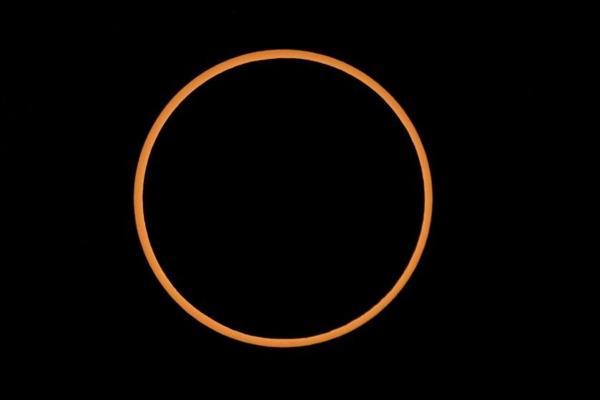‘Ring of fire’ eclipse moves across the Americas
CANCÚN, México


First came the darkening skies, then the crescent-shaped shadows on the ground, and finally an eruption of cheers by crowds that gathered on Oct. 14 along the narrow path of a rare “ring of fire” eclipse of the sun.
It was a spectacular show for millions of people across the Americas as the moon moved into place and blocked out all but a brilliant circle of the sun’s outer edge.
Hundreds of people filed into the planetarium in the Caribbean resort city of Cancún to watch the eclipse. Some peered through box projectors, while others looked through telescopes and special glasses.
Ancient Maya astronomers who tracked the movements of the sun and moon with precision referred to eclipses as “broken sun.” They may have used dark volcanic glass to protect their eyes, said archeologist Arturo Montero of Tepeyac University in Mexico City.
Unlike a total solar eclipse, the moon doesn’t completely cover the sun during a ring of fire eclipse. When the moon lines up between Earth and the sun, it leaves a bright, blazing border.The entire eclipse - from the moment the moon starts to obscure the sun until it’s back to normal - lasted 2 1/2 to three hours at any given spot. The ring of fire portion was from three to five minutes, depending on the location.
Saturday’s U.S. path: Oregon, Nevada, Utah, New Mexico and Texas in the U.S., with a sliver of California, Arizona and Colorado. Then: Mexico’s Yucatan Peninsula, Belize, Honduras, Nicaragua, Costa Rica, Panama, Colombia and Brazil. Much of the rest of the Western Hemisphere got a partial eclipse.
NASA and other groups livestreamed the event.
